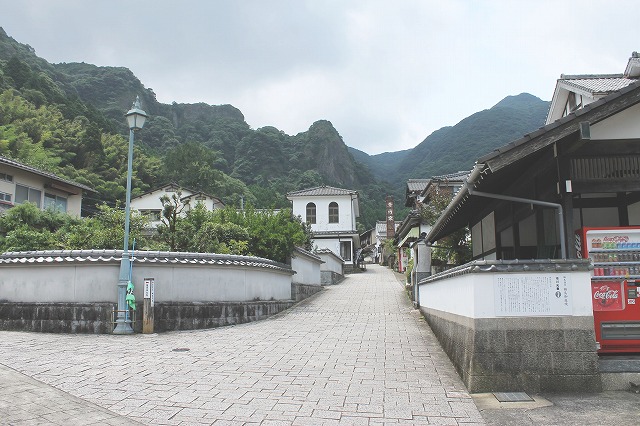The ARITA 400 project is the evolution of Arita porcelain into new designs and styles to commemorate this milestone event
The history of Arita porcelain begins in 1616
Arita porcelain is renowned in Japan as ceramicware of the highest skill and tradition. Highly valued as artwork for its exquisite ornamental aspects, design, and art quality, Arita porcelain is also widely used in restaurants and households as popular everyday earthenware.
Arita porcelain became popular in Europe from around the middle of the 17th to 18th Century through its export by the Dutch East India Company (Dutch: Vereenigde Oostindische Compagnie (VOC)). It is still impressing pottery collectors today under the name of Imari, which is quintessential Arita porcelain shipped from the port of Imari.
In 1867, the feudal domain (precursor to current prefectures) of Saga exhibited Arita porcelain at the Paris Exposition, giving rise to the Japonisme movement centred upon Paris. A large FUKAGAWA SEIJI vase was awarded the Grand Prize at the Paris Exposition of 1900; this lead to Arita porcelain becoming a prized furnishing among the royalty, aristocracy, and wealthy class of Europe.
FUKAGAWA SEIJI ceramicware is currently housed in the collections of art galleries and museums throughout the West, such as the Philadelphia Museum of Art in the United States, and the Musée Cernuschi in Paris.
2016 will mark the 400th anniversary of Arita porcelain, which boasts a history that surpasses Germany’s Meissen porcelain by roughly a century. The artisans of Arita have preserved the history of Arita porcelain while evolving with the times. Following on from last September, the Arita 400 Project will exhibit at this year’s Maison&Objet, and again next January. This is the start of a new page in the annals of Arita porcelain.
Evolution of Arita porcelain into contemporary techniques and designs
Arita porcelain has remained popular in Japan for many years because it has successfully evolved to meet the changing times and people’s lifestyles. While maintaining a foundation of traditional decorative and painting techniques, the artisans of Arita porcelain have diligently pursued new ideas and skills, and are constantly creating new designs and styles.
They have also continued to produce items requested by various clients, such as department and speciality stores, as well as hotels and restaurants, which is perhaps another factor that has helped shape the 400-year history of Arita porcelain. It is also why Arita porcelain artisans are able to create ceramicware reflecting contemporary senses and lifestyles.
 This time eight maisons from the Arita porcelain production regions of Imari, Arita, Ureshino, and Takeo will exhibit at the ARITA 400 project. Each maison boasts its own unique techniques and designs, which are also highly esteemed in Japan.
This time eight maisons from the Arita porcelain production regions of Imari, Arita, Ureshino, and Takeo will exhibit at the ARITA 400 project. Each maison boasts its own unique techniques and designs, which are also highly esteemed in Japan.
The individually and meticulously handcrafted ceramicwares are condensations of the superb skills of Arita porcelain artisans. You can feel the tradition as you handle each piece, which is made to meet the needs of our daily lives and appeal to our sensitivities.
Pottery for an enjoyable and leisurely teatime or to delightfully complement your cuisine, giving each person who uses it an enriching experience and a relaxing time; that is Arita porcelain.
Maison et Objet 〈ARITA 400 Project〉 Hall 7 J2
Permanent Discover Japan shop set up in Paris
After the conclusion of the current Maison&Objet, the items exhibited at the ARITA 400 project will be on display at a Discover Japan shop set up in downtown Paris. These items will be available for purchase at the shop, which will also function as a product distributor.
Discover Japan will be a new base to promote Arita porcelain in Europe, where we hope that it will be well-loved and widely used. We will continue to convey the appeal of Arita porcelain throughout the world, as a symbol of Japanese culture.



